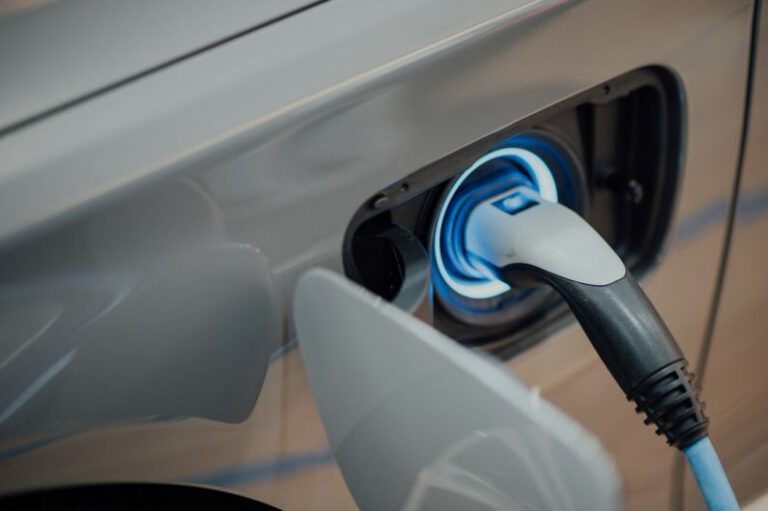How to Fix Common Car Problems at Home?
Cars are complex machines, and it’s not uncommon to encounter problems every now and then. While some issues require professional assistance, there are several common car problems that you can fix at home with a little bit of knowledge and some basic tools. Not only will this save you time and money, but it will also give you a sense of accomplishment. In this article, we will discuss some of the most common car problems and how you can fix them at home.
1. Dead Battery
A dead battery is one of the most common car problems. If you turn the key and nothing happens, chances are your battery needs a jump-start. All you need is a set of jumper cables and another vehicle with a working battery. Connect the cables to the positive and negative terminals of both batteries, and start the working car. Let it run for a few minutes, then try starting your car. If it starts, you can remove the cables and let your car run for a while to recharge the battery.
2. Flat Tire
A flat tire can happen at any time, and it’s important to know how to change it. Start by finding a safe spot to park your car away from traffic. Use a lug wrench to loosen the lug nuts, but don’t remove them just yet. Then, place the jack under the car’s frame and lift it until the tire is off the ground. Finally, remove the lug nuts and the flat tire, and replace it with the spare tire. Tighten the lug nuts by hand, lower the car, and then use the lug wrench to fully tighten the lug nuts.
3. Overheating Engine
If your car’s temperature gauge is in the red zone, it means your engine is overheating. To prevent further damage, it’s important to stop driving and address the issue. Open the hood and let the engine cool down for at least 30 minutes. Once it’s cool, check the coolant level in the radiator and the overflow tank. If it’s low, add a 50/50 mixture of coolant and water. Be careful not to open the radiator cap when the engine is hot, as it can cause burns.
4. Check Engine Light
The check engine light can be a cause for concern, but it doesn’t always indicate a major problem. Start by checking your gas cap to ensure it’s properly tightened. Sometimes, a loose gas cap can trigger the check engine light. If that doesn’t solve the issue, you can purchase a code reader to diagnose the problem. These code readers are relatively inexpensive and can provide you with valuable information about the issue. However, if you’re unsure or the problem persists, it’s best to take your car to a professional for further diagnosis.
5. Brake Pads Replacement
Worn-out brake pads can affect your car’s stopping power and should be replaced as soon as possible. Start by loosening the lug nuts on the wheel where the brake pads need to be replaced. Lift the car with a jack and remove the wheel. Locate the brake caliper and use a wrench to remove the bolts that hold it in place. Once the caliper is removed, you can easily access the brake pads. Remove the old pads and replace them with the new ones. Finally, reassemble the caliper, put the wheel back on, and tighten the lug nuts.
In conclusion, not all car problems require a trip to the mechanic. With a little bit of knowledge and some basic tools, you can fix many common car problems at home. However, it’s important to know your limitations and seek professional help if you’re unsure or if the problem persists. By taking care of these common issues yourself, you can save time and money, and have the satisfaction of a job well done.






